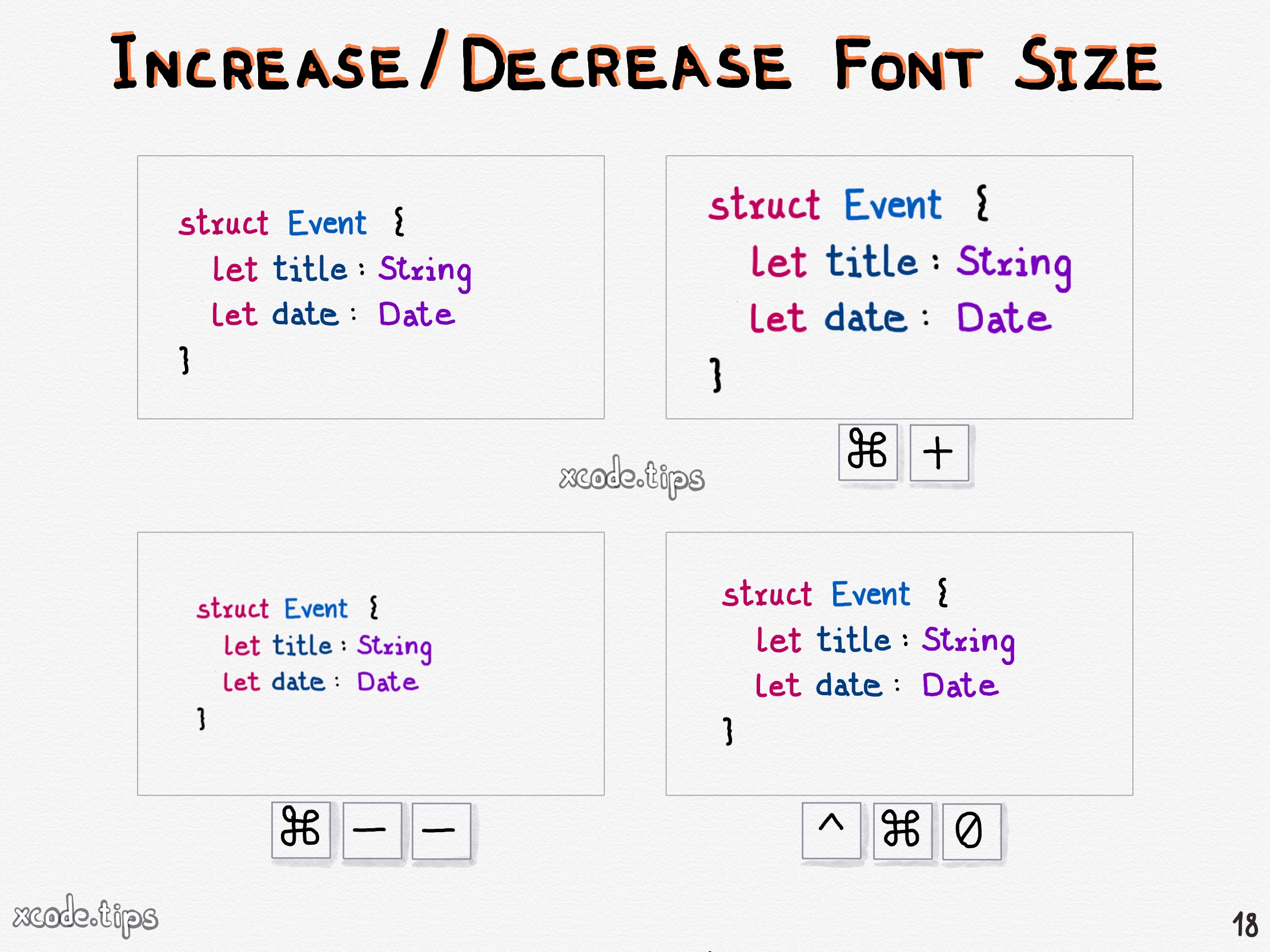Embiggen Your Text: A Guide to Font Size Control
Squinting at tiny text? Wishing those words were just a *little* bigger? You're not alone. Millions of us grapple with the sometimes-frustrating challenge of adjusting font sizes to make online content, documents, or even system text more comfortable to read. This comprehensive guide will explore the world of font size manipulation, from the simplest clicks to more advanced techniques, ensuring you can embiggen your text to your heart's content.
The ability to adjust font size is more than just a convenience; it's a crucial aspect of accessibility. Imagine trying to navigate the web with impaired vision and being faced with minuscule, unreadable text. Changing font size empowers users to tailor their digital experience to their individual needs, making information accessible to everyone.
The history of adjustable font sizes is intertwined with the development of digital typography. Early computer systems often had fixed font sizes, making readability a significant issue. As technology progressed, so did the ability to customize the display, leading to the flexible font sizing options we have today. This evolution has been crucial in making computers and the internet usable for a wider audience.
The core issue related to font size isn't just about making text bigger; it's about finding the right balance. Too small, and it's a strain on the eyes. Too large, and it disrupts the flow of reading, requiring excessive scrolling. Finding that sweet spot, the Goldilocks size that's "just right," is the key to a comfortable and enjoyable reading experience.
Modifying font size isn't a one-size-fits-all solution. Different devices, operating systems, and applications offer various methods for enlarging text. From browser settings to keyboard shortcuts, and even dedicated accessibility features, the options are diverse and sometimes platform-specific. Understanding these nuances is essential for effectively managing font size in various contexts.
Adjusting text size has several advantages. Firstly, it improves readability, reducing eye strain and making it easier to absorb information. Secondly, it enhances accessibility for individuals with visual impairments. Finally, it allows for personalized customization, letting users tailor their digital environment to their preferences.
You can increase font size in your web browser settings, use keyboard shortcuts like Ctrl and +, or adjust settings within specific applications. For instance, in Microsoft Word, you can select text and choose a larger font size from the toolbar.
Advantages and Disadvantages of Adjusting Font Size
| Advantages | Disadvantages |
|---|---|
| Improved readability | Potential layout issues |
| Enhanced accessibility | May require more scrolling |
| Personalized customization | Could affect aesthetics |
Best Practices: 1. Use relative font sizes (em, rem) for responsive design. 2. Ensure sufficient contrast between text and background. 3. Test your website with different font sizes for accessibility. 4. Avoid excessively large or small font sizes. 5. Consider user preferences and provide options for customization.
Examples: 1. Increasing browser zoom. 2. Using accessibility features on mobile devices. 3. Adjusting font size in word processors. 4. Customizing text size in email clients. 5. Using CSS to control font size on websites.
FAQ: 1. How do I increase font size in my browser? 2. How can I make text bigger on my phone? 3. What are the best font sizes for readability? 4. How do I change the font size in an email? 5. How do I adjust font size in a PDF document? 6. What is the difference between relative and absolute font sizes? 7. How can I improve website accessibility with font sizes? 8. How can I change the system font size on my computer?
Tips and Tricks: Use the "zoom" feature in your browser for a quick font size boost. Explore accessibility options in your device settings. Utilize keyboard shortcuts for efficient font size adjustments.
Mastering font size control is essential for a comfortable and accessible digital experience. From improving readability to empowering users with visual impairments, the benefits are undeniable. By understanding the various methods, best practices, and potential challenges associated with adjusting font size, you can create a more inclusive and user-friendly environment for everyone. Take control of your text, embrace the power of embiggenment, and make your digital world a more comfortable place to be. Remember, the ability to adjust font size is more than just a feature; it’s a fundamental aspect of digital accessibility and user empowerment. Start exploring these techniques today and discover the difference a well-chosen font size can make.
Gmail access denied how to reclaim your inbox
Navigating the dynamics of chapter 35 childhood friend complex
Finding peace and blessings exploring the prayers of tarawih








:max_bytes(150000):strip_icc()/change-font-size-outlook-message-list-1173791-1-59625e469dd64c3db4680acc494413ba.png)





